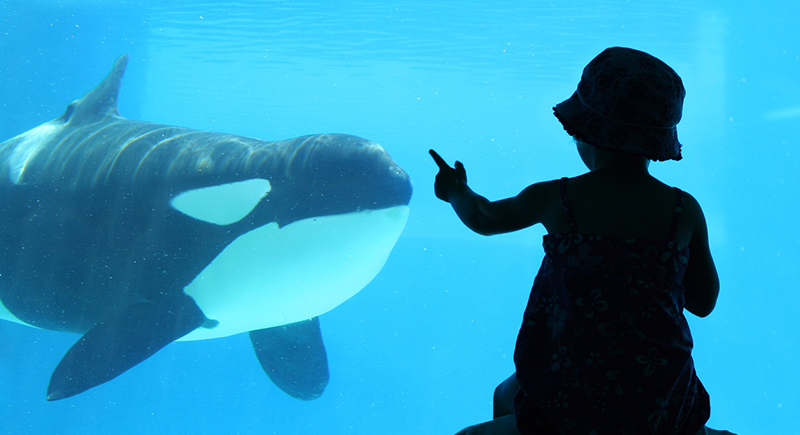The Tragic Story of Keiko the Orca and His Attempted Return to the Wild
Most people who grew up in the 1990s remember Free Willy, the feel-good movie that convinced millions that a whale could gain freedom from captivity if only given the chance. For a generation, it became more than a film, symbolizing what compassion could achieve. But when that Hollywood dream collided with reality, things didn’t hold up to that picture.
Keiko, the real whale behind the movie, lived out that question. His journey stretched from small tanks to worldwide fame and a bold rescue mission that aimed to change the way people viewed captivity. Instead, it became a heartbreaking lesson about the limits of human good intentions and the complexity of returning a captive animal to the wild.
A Star Born in Captivity
Keiko’s story began in 1979 when he was captured near Iceland at about two years old. He was sent first to Marineland in Ontario, then sold to an amusement park in Mexico City. His tank there was far too small, filled with warm, chlorinated water designed for dolphins. Despite these conditions, he was cast as the lead in “Free Willy,” turning him into an unexpected ambassador for animal welfare.

Image via Wikimedia Commons/Nehrams2020
After the film’s release, public outrage surged. Fans wanted the real whale to live the same story as his on-screen version. Responding to the pressure, Warner Bros. and the Mexican park supported the Free Willy–Keiko Foundation, which was created to manage his rehabilitation.
With support from donors, including Craig and Wendy McCaw, Keiko was relocated to the Oregon Coast Aquarium in 1996. There, he gained weight, adapted to colder seawater, and started catching live fish. For the first time in years, his health noticeably improved.
The Journey to Iceland
By 1998, Keiko was strong enough to be transported back to Iceland. He was placed in a sea pen in Klettsvik Bay to prepare him for life in the open ocean. Trainers monitored his progress and allowed supervised swims beyond the enclosure. Researchers tried to trace his original family using vocal and genetic studies, but came up empty-handed.
Keiko gradually adjusted to natural seawater and learned to catch fish, but his interactions with wild orcas remained brief. In hopes of encouraging independence, caretakers reduced communication with him.
They stopped calling his name and avoided gestures that might reinforce his attachment to people. Instead of adapting to solitude, Keiko appeared disoriented and sought attention whenever humans were nearby.
A Return That Wasn’t
In 2002, Keiko swam more than 800 miles to Norway. Locals immediately recognized him, and he began approaching boats and shorelines seeking human contact. Crowds gathered to touch and swim beside him, forcing officials to limit access for safety reasons.
This episode showed how deeply Keiko associated humans with security and companionship. He seemed caught between two worlds—neither fully wild nor captive anymore.

Image via iStockphoto/benedek
Studies after his death suggested Keiko never learned to survive independently. Tracking data revealed he rarely dove beyond 26 meters, far shallower than wild orcas, and evidence indicated he didn’t hunt enough to sustain himself.
His dependence on people remained, and in December 2003, at roughly 26 years old, Keiko died of pneumonia in Norway’s Taknes Bay.
The Debate Over His Legacy
Keiko’s life ignited an ongoing discussion about the limits of rehabilitation for long-term captive animals. Some scientists believed his release caused unnecessary stress and confusion. Others viewed his final years as a moral victory, noting that he spent them swimming in natural waters instead of circling a cramped tank.
No similar release has been attempted since, and this case changed how the public and marine experts discuss captivity. It revealed both the emotional depth of orcas and the challenges of returning them to their natural environment after decades in confinement. Keiko’s story remains a rare illustration of what freedom truly means.